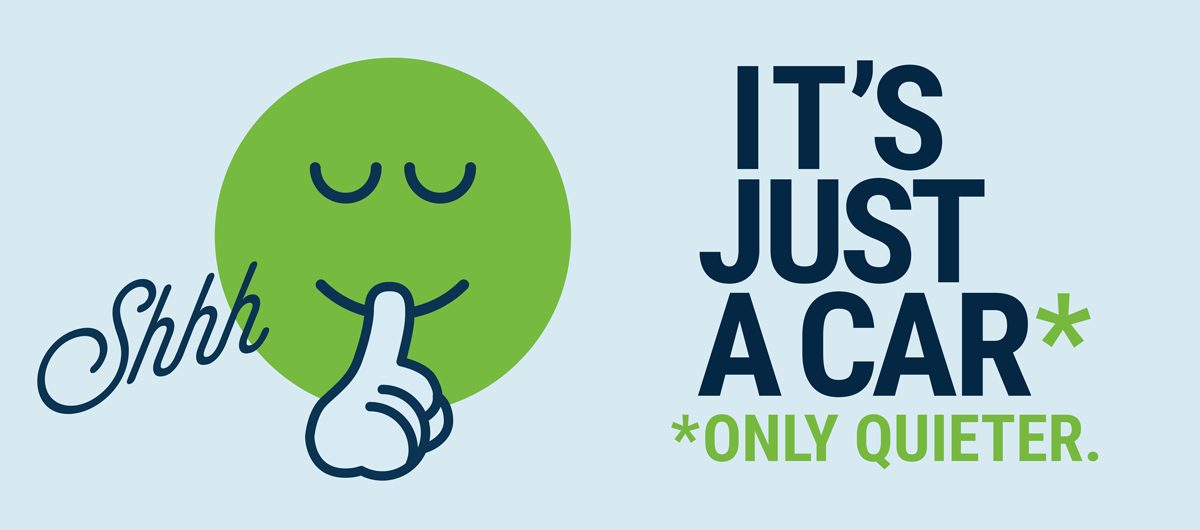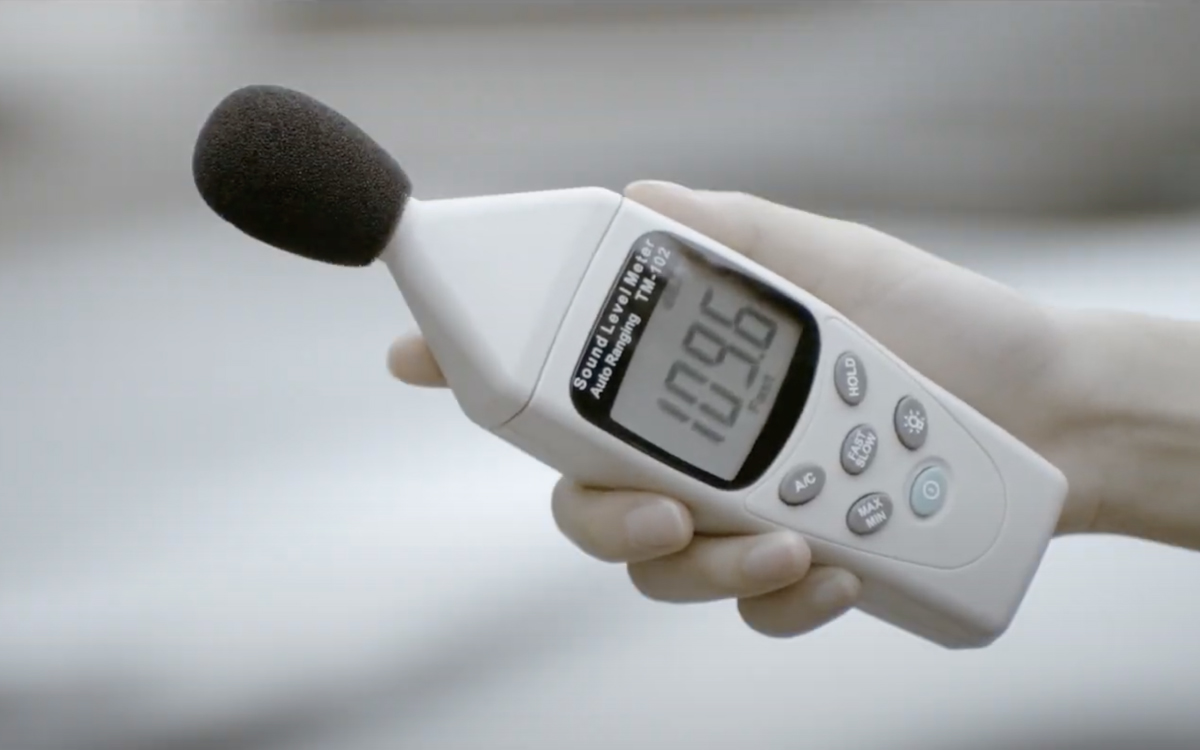
EV SCHOOL
|September 2020 NEWSLETTER
Noise Pollution: By the Decibels
EV School is a new series focused on electrical vehicle education. Each issue, we’ll dive into a different benefit of driving electric, designed to give you the tools to be an advocate in your community. After all – An EV is Just a Car, Only Better.
EV SCHOOL
When you hear about pollution, you might picture exhaust fumes, but there’s another kind that you might not be aware of — noise pollution. We know electric vehicles are quieter than their combustion cousins, but what exactly does that mean?
A Study of Decibels
Normal conversation is about 60 decibels (dB), a lawnmower is about 90 dB, and a loud rock concert is about 120 dB. Sounds louder than 85 dB pose a risk of permanent hearing loss, depending on how long and how often you are exposed to them. Additionally, studies show that anything at or above 65 dB can trigger an increase in blood pressure, heart rate, and stress hormones in the blood.
Trucks and motorcycles can emit noise in the range of 90–96 dB, comparable to the sound a subway train makes from 200 feet away, while average heavy traffic is more like 80 dB.

Check out this experiment from Nissan Asia, titled "What will a 'City of the Future' sound like?
Make Some Noise
At speeds above 18.6 mph, both gasoline and electric cars generate noise from wind resistance and tires. But electric vehicles (EVs), which lack noisy combustion engines, are often virtually silent.
EVs are so quiet, in fact, that new regulations will require them to make an artificial sound at low speeds in order to warn pedestrians and the visually impaired of their approach. At a standstill, EVs must make a sound of at least 40 dB, about the volume of a refrigerator softly humming.
Customizing Sounds
For car manufacturers, this has become an opportunity to create distinctive sounds, giving electric vehicles their own flair. For example, BMW hired Hans Zimmer to compose noises for its Vision M Next, making the concept electric supercar sound like the backdrop to an action thriller.
In an amendment, the US National Highway Traffic Safety Administration has added a proposal that says drivers should be able to “select the sound they prefer from the set of sounds installed in the vehicle.”
On the other hand, Ford is striving to mimic the rumble of its namesake muscle car inside the cabin of the new all-electric Mustang Mach-E. Electronically generated sounds will be generated through the car’s speakers, changing based on which mode the vehicle is set to. There are three: whisper, engaged, and unbridled. Each mode is tuned to change based on the vehicle’s driving dynamics and other characteristics, such as the information cluster and ambient lighting.
Polluting your Ears
Like any other pollution, noise pollution is a nuisance to society. Regardless of how personalized a sound the make, EVs have the potential to reduce traffic noise in parking areas and residential streets, improving quality of life for ourselves and our neighbors.
